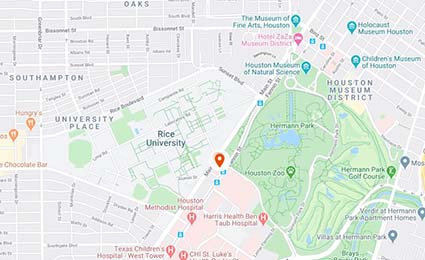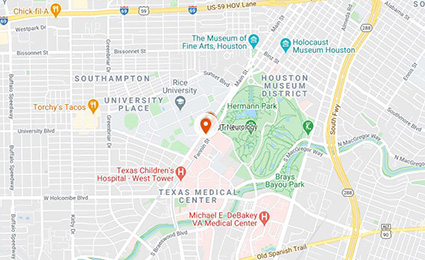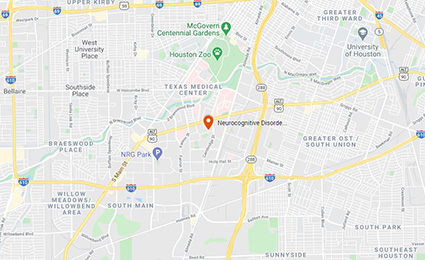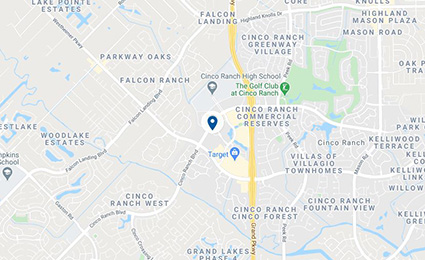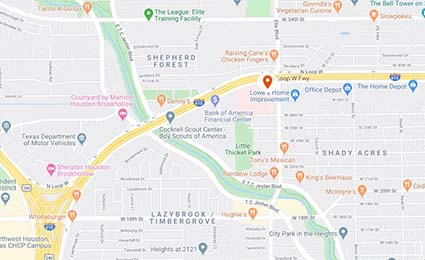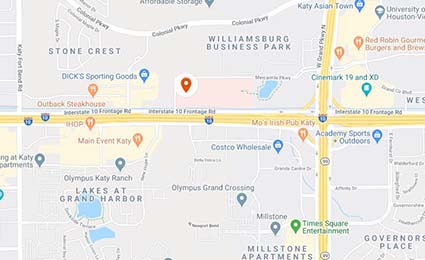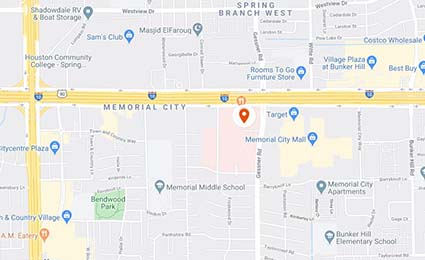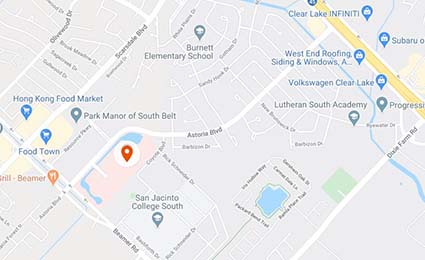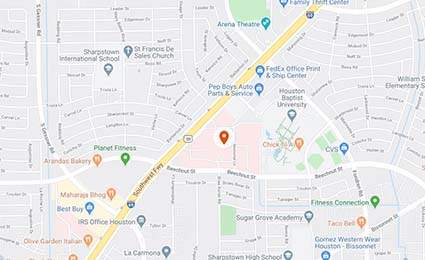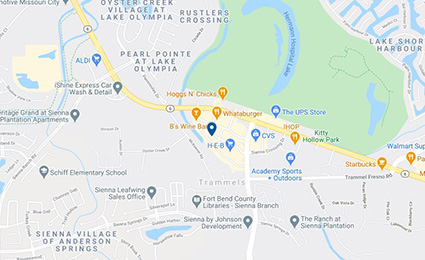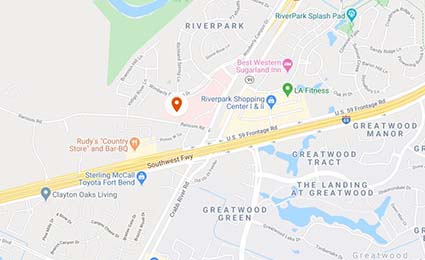Alabama Woman Finally Gets a Sleep Disorder Diagnosis Through Telehealth
As a child growing up in Houston, Mary Kate Mims went to bed early, slept long hours, and always woke up tired. She habitually slept through her morning alarm and was sleepy throughout the day.
“After I graduated from the University of Alabama, I took a job in Birmingham and was dating the man I eventually married. We spent all of our time together, so he observed the long hours I slept and the fact that I was always tired. He suggested I have a sleep study done,” says Mims, who underwent an overnight sleep study and a multiple sleep latency test ordered by a Birmingham pulmonologist in 2012.

After years trying to track down the cause of her excessive daytime sleepiness and finding an expert who could treat her idiopathic hypersomnolence, Mary Kate Mims is getting back to the life she was once too tired to enjoy.
“I truly was expecting to be diagnosed with narcolepsy, which my maternal grandmother had with cataplexy,” she says. “But after my study, the pulmonologist said that although I clearly had excessive daytime sleepiness – I fell asleep at every opportunity throughout all
testing – I did not have cataplexy and also did not fall asleep fast enough to meet the criteria for a narcolepsy diagnosis. The pulmonologist prescribed me a stimulant to help with my excessive daytime sleepiness. And I continued to take stimulants for the next 10 years, basically putting a band-aid on the problem.”
By the time Mims was in her early 30s, she had two children and had been promoted to the position of vice president of human resources for her current employer. “I was still just as tired, if not more tired,
than I was in 2012,” she says. “Here I was in this high profile,
demanding career with two children, and it took everything I had just to hold my eyes open during the day. I consistently fell asleep before my kids and woke up after they did.”
After their first child was born in 2017, Mims and her husband began experiencing marital issues because of her sleep problems. “I knew I wasn’t meeting his expectations as a wife or mother, and it was heartbreaking to me because I really wanted to do it all. I was just too tired. In 2022, we had a family meeting, which included my husband and my parents. We decided that, because the testing results from the 2012 study were inconclusive, we needed more information
about how to improve my ability to manage my life, given how tired I was. We felt we needed a physician who would be more aggressive in my treatment.”
Mims’ parents have lived in Houston throughout her life. When her father had a stroke in 2008, he was treated by P. Roc Chen, MD, professor in the Vivian L. Smith Department of Neurosurgery, Memorial Hermann Chair, and vice chair of cerebrovascular research at McGovern Medical School at UTHealth Houston and director of the Cerebrovascular and Endovascular Program at UTHealth Houston
Neurosciences. When her father called Chen, the neurosurgeon suggested that they talk with Sudha Tallavajhula, MD, an associate professor in the Department of Neurology at the medical school and
medical director of the Neurological Sleep Medicine Center at TIRR Memorial Hermann. Mims worked with her primary care provider in Alabama to get a referral, and both the sleep medicine specialist and
her patient knew their visits would be remote.
Mims’ first telehealth visit with Tallavajhula was scheduled for April 22, 2022, through UTHealth Houston’s Epic electronic health record (EHR) system, which offers a secure patient portal allowing for virtual visits, immediate messaging, medical records sharing, and payment. Mims completed a variety of sleep questionnaires that gave doctor and patient concrete topics to discuss during each visit.
“Almost immediately, upon listening to my symptoms – sleeping for nine to 10 hours a night and still being tired during the day – Dr. Tallavajhula said it sounds more like idiopathic hypersomnia than narcolepsy,” Mims says. “She asked for my previous sleep study results on the chance that she could diagnose me using those results. By April 29, a week later, I had the diagnosis I’d been trying to get all my life.”
Idiopathic hypersomnia is a central hypersomnolence disorder mainly characterized by excessive daytime sleepiness, with prolonged nighttime sleep and pronounced sleep inertia. Until August 2021, no medication had been approved by the U.S. Food and Drug Administration for treatment of the condition. After trials of lower sodium oxybate, demonstrated a clinically meaningful improvement in idiopathic hypersomnia symptoms, it was approved for the treatment of the disorder in adults.
“Although hypersomnias are lifelong disorders, the medical literature shows that it takes an average of 15 years to be diagnosed,” Tallavajhula says. “Access to care is difficult outside of large academic medical centers. As a result, patients may have problems for years and years. Many people with idiopathic hypersomnia and similar difficult-to-diagnose sleep disorders are perceived as being lazy. They end up in difficult social situations, with parents, spouses, and friends thinking that they could do more than they’re doing. We were fortunate to find each other and have the ability to use technology that goes beyond the limitations of location. From my perspective, it’s also important to have a patient who is willing to work with me, because we have to work together to make adjustments to get the right dosage.”
Mims’ prescription is highly controlled and available through only one pharmacy in Kansas under an FDA Risk Evaluation and Mitigation Strategy, and a qualified physician must write the prescription. It took a little more than a month for Mims to receive her first 30-day supply by mail.
“We started at a lower dose to allow my body to adjust, and then titrated upward a little every week to reach my best therapeutic dose. Every patient is different,” Mims says. “[My prescription] treats the disease, not just the symptoms like the stimulants I took for all those years. Dr. Tallavajhula talked me through the titration process virtually. After all these years of not knowing, it was an incredibly validating experience.”
Now, a year later, Mims takes 6 milligrams of medication nightly before going to sleep. “It dramatically improves the quality of my sleep and my cognitive function the next day. I’m getting the rest and regeneration I need for my body to function. I can think clearly, and my patience has improved dramatically. I feel much calmer and more logical in dealing with my kids, who are 4 and 6 years old. It’s amazing how much the quality of your sleep affects your awake time. [My medication] gave me an entirely new frame of reference for what is normal for me – it was like night and day.” Mims, who is now 37, checks in with Tallavajhula every few months.
“Mary Kate did her homework and is very motivated,” the neurologist says. “She stuck with the program we created together and stayed upbeat through the titration process. I couldn’t have asked for a better patient. Telemedicine as a viable modality of care has made it much likelier for patients with rare conditions to find access to appropriate physicians. The fact that these complex conditions can be treated remotely with success is a big step forward for medicine in general.”
